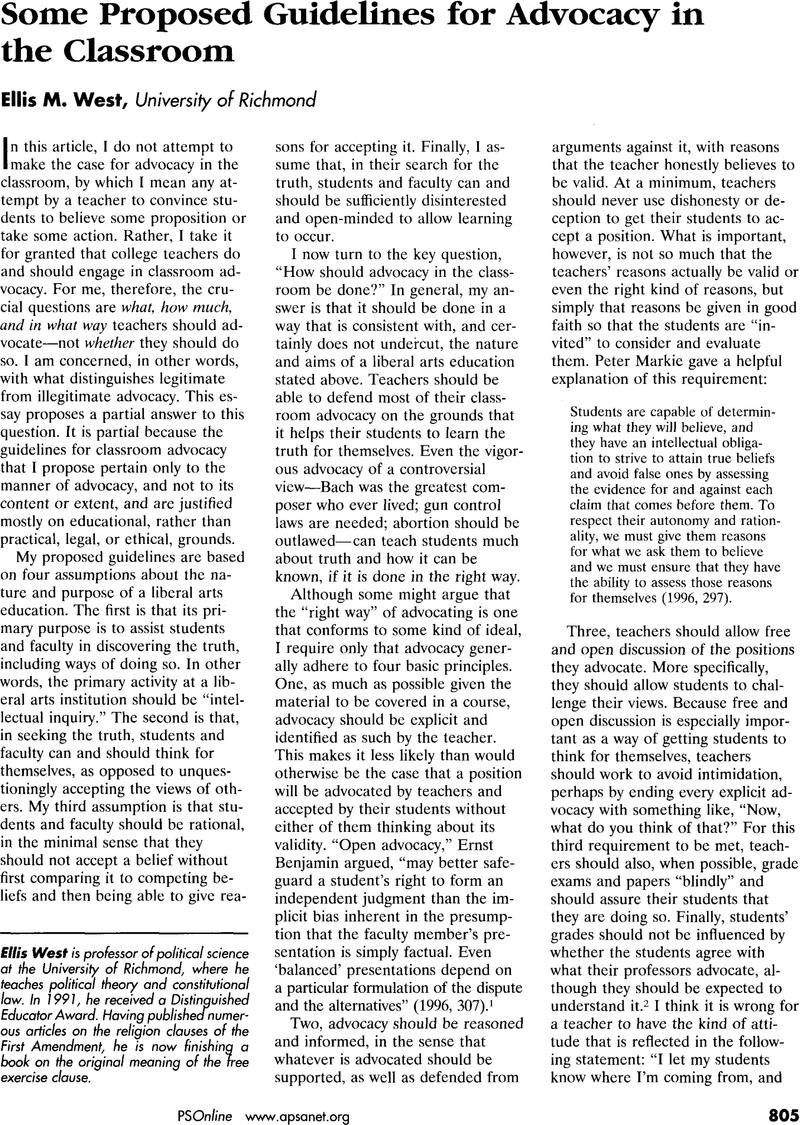Crossref Citations
This article has been cited by the following publications. This list is generated based on data provided by Crossref.
Robinson, Tony
2000.
Service Learning as Justice Advocacy: Can Political Scientists Do Politics?.
PS: Political Science & Politics,
Vol. 33,
Issue. 03,
p.
605.





